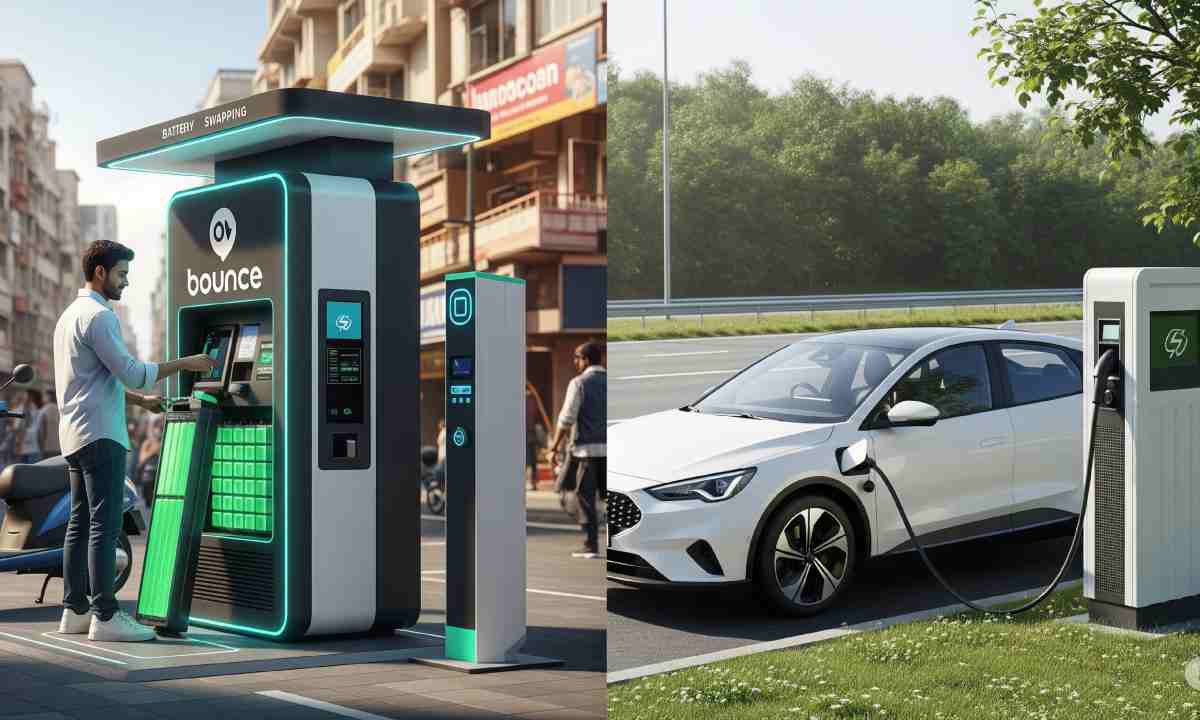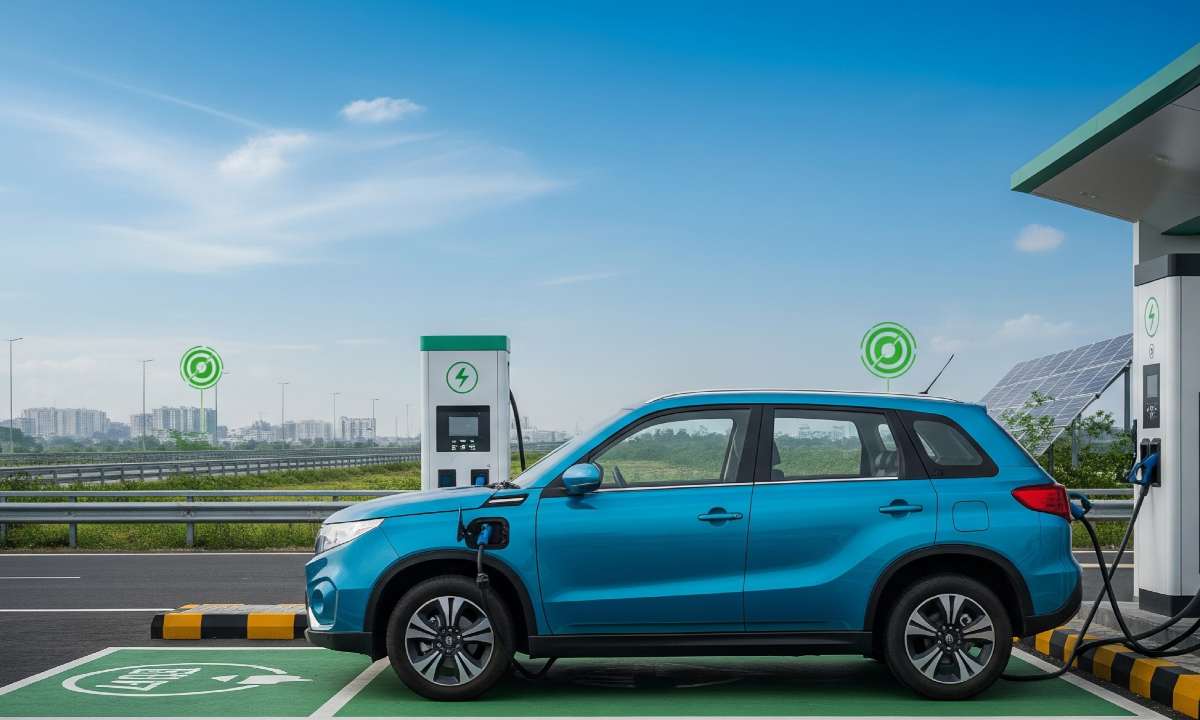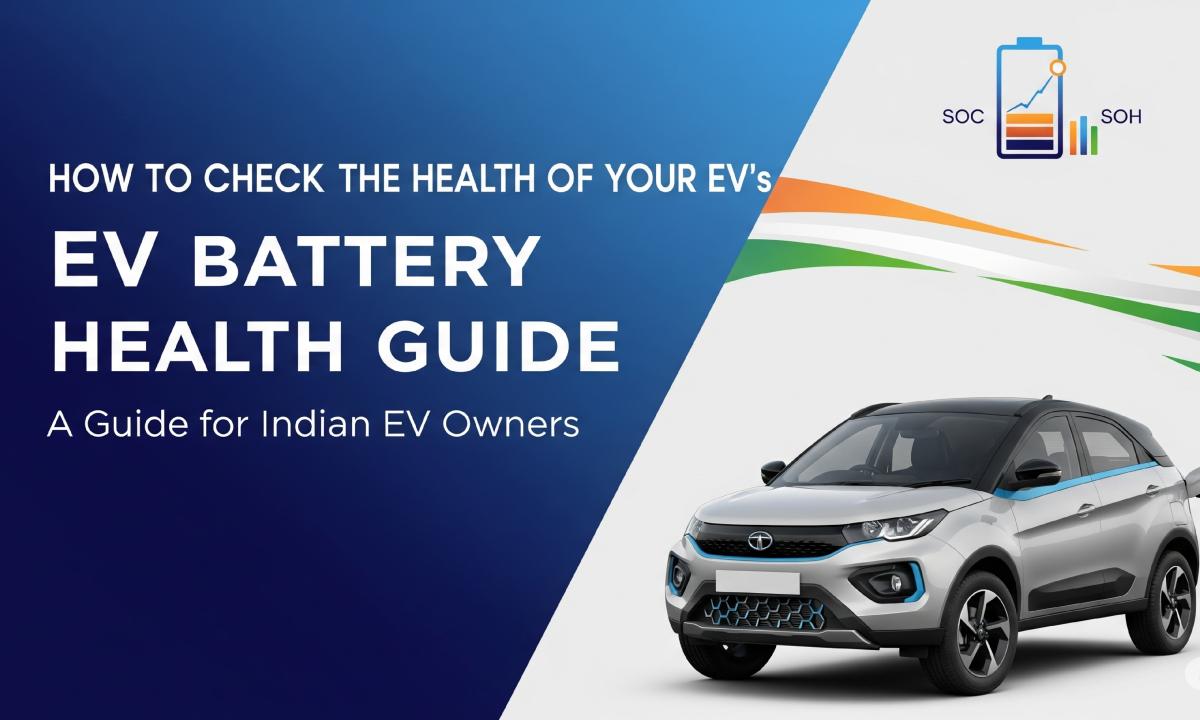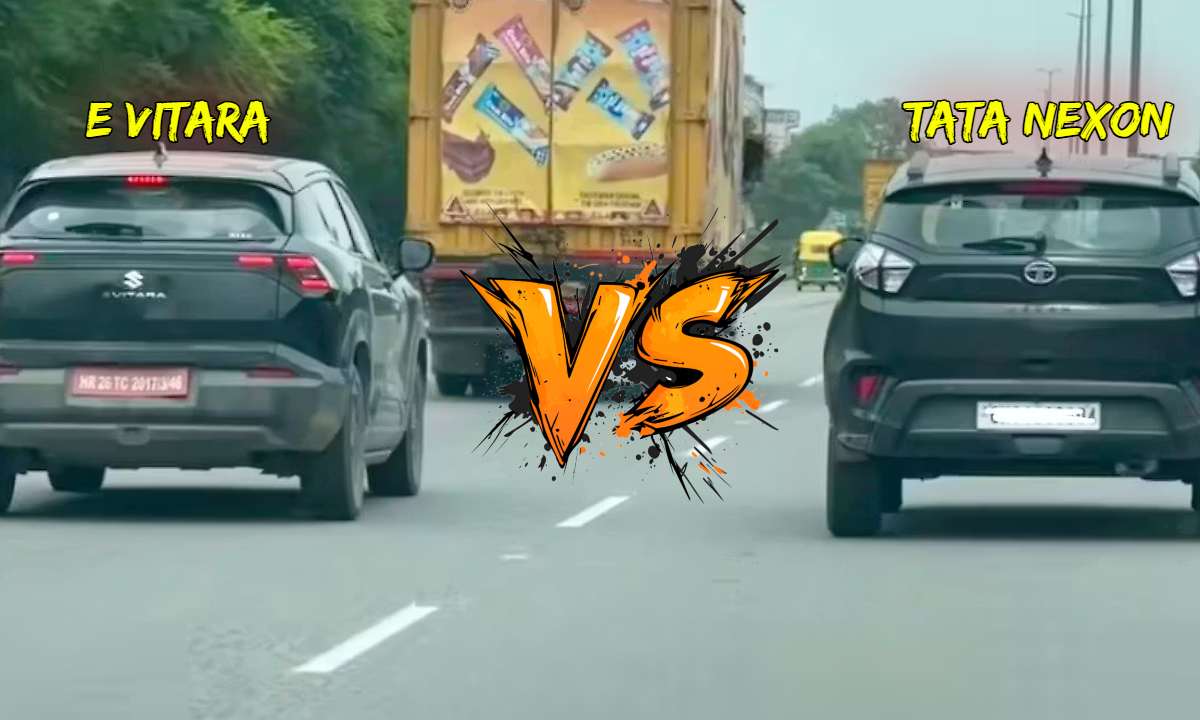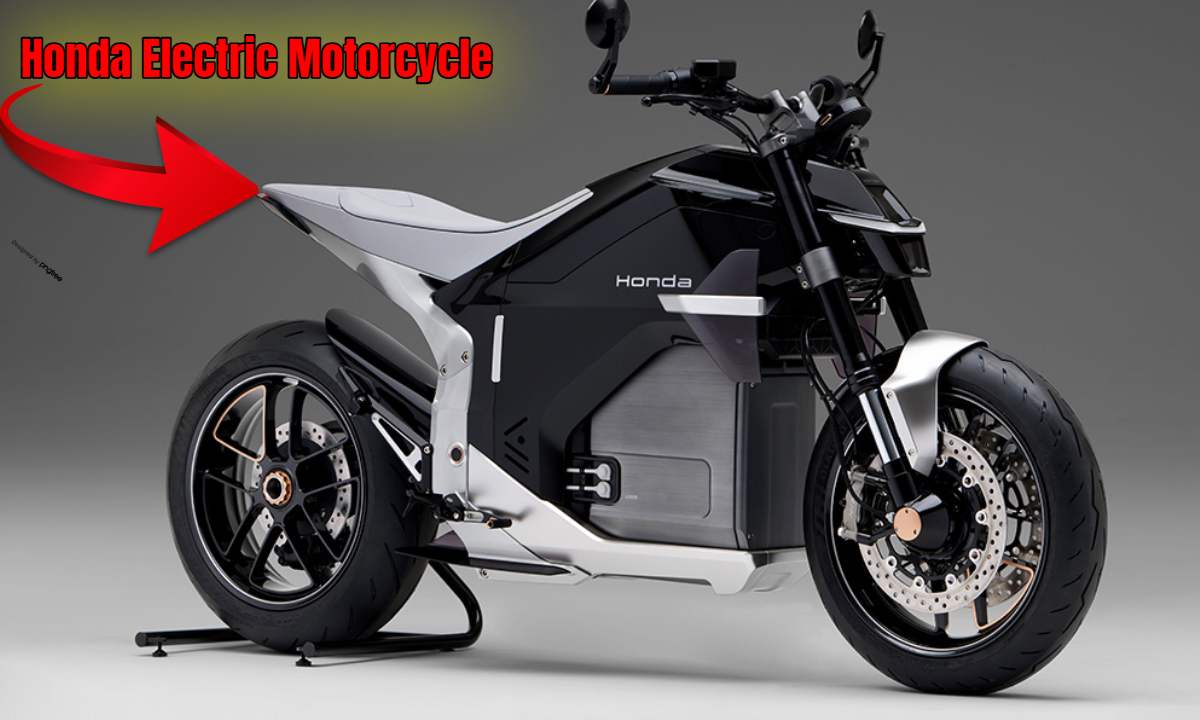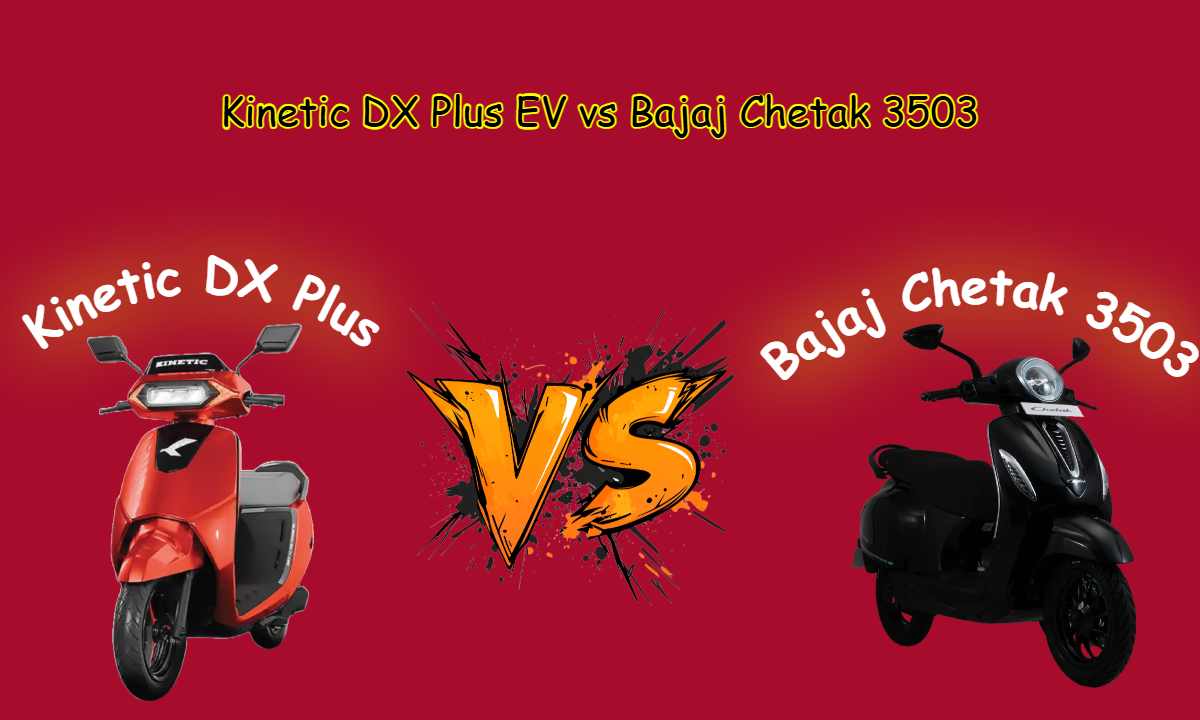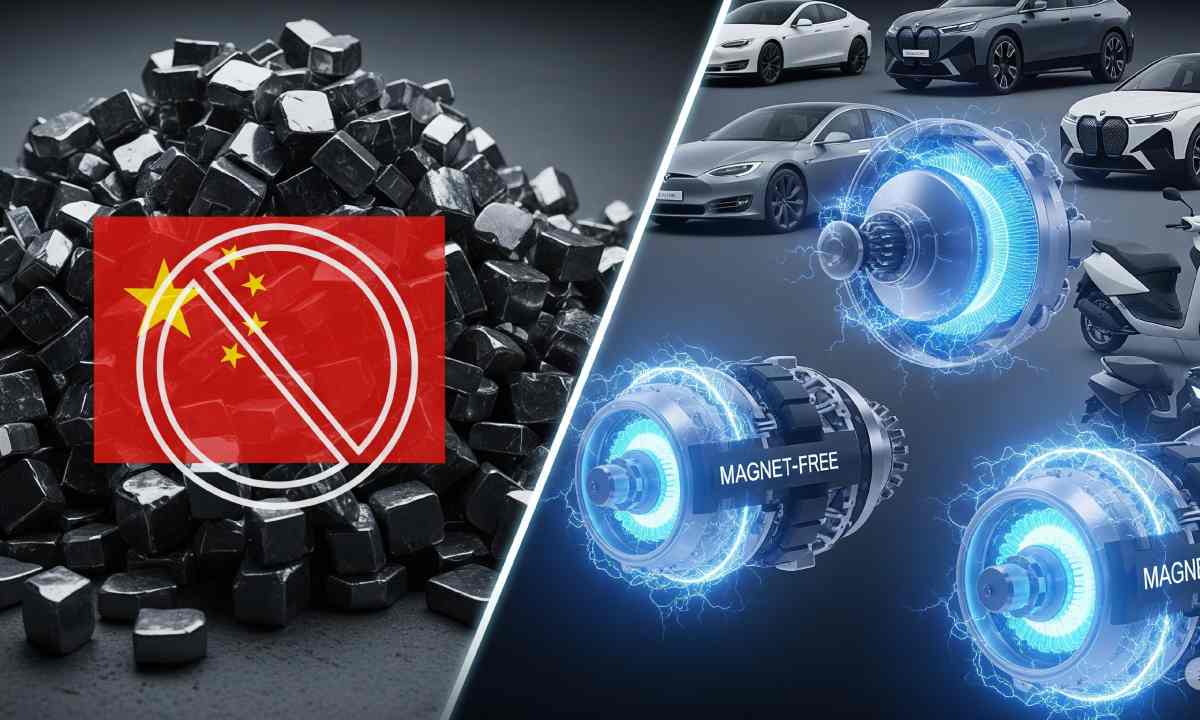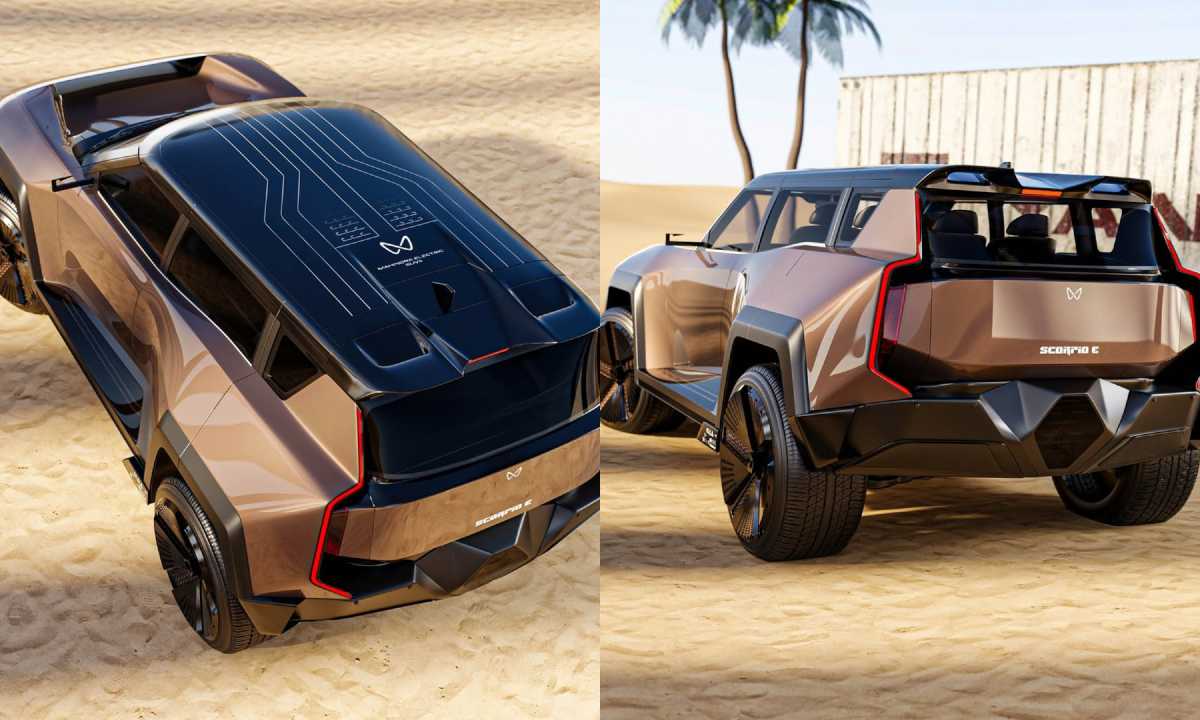Battery swapping and traditional charging are the two big contenders vying for the crown. So, which one’s going to dominate Indian roads? Let’s take a fun, Gaadify-style deep dive and figure out what’s what for all you car and bike lovers out there.
Battery Swapping: The Quick-Fix Magic
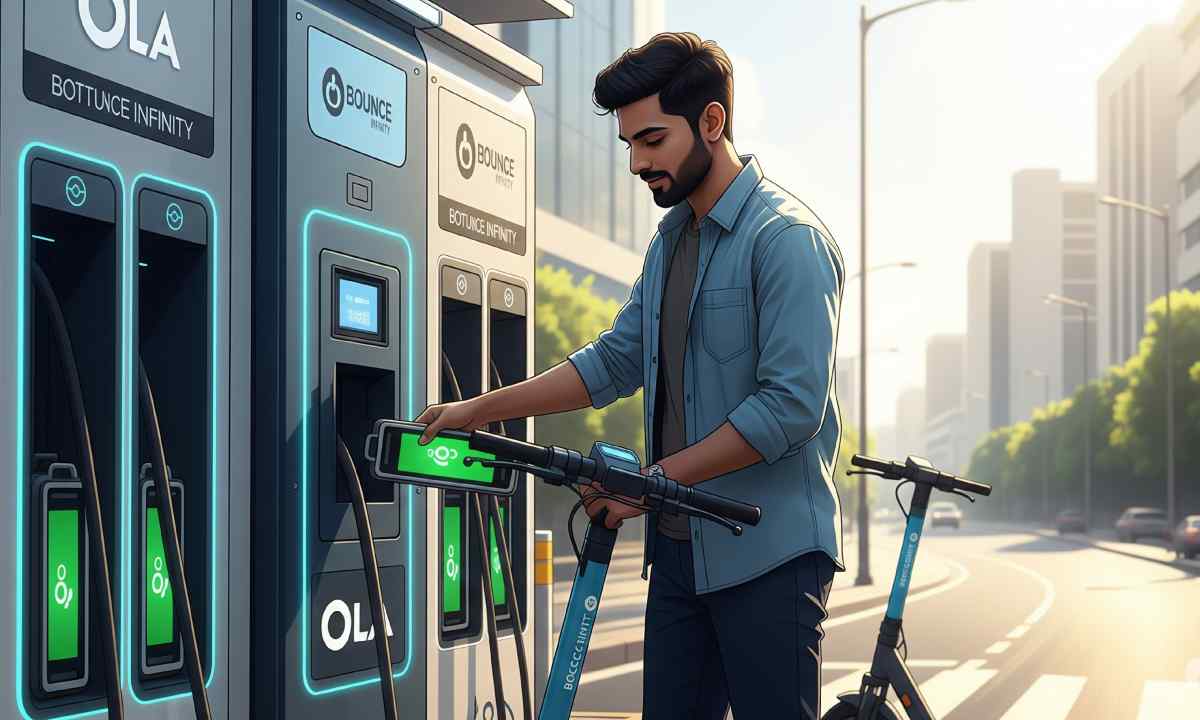
Imagine this: you’re weaving through Mumbai’s chaotic traffic on your Ola Electric scooter, battery’s flashing red, and you’ve got a delivery to make pronto. No stress, though! You roll into a swapping station, pop out the drained battery, and snap in a fresh, fully charged one. Bam—you’re back on the road in under five minutes. That’s the beauty of battery swapping.
It’s like swapping out the batteries in your TV remote, but way cooler and with a lot more swagger. Companies like Ola Electric, Bounce Infinity, and Sun Mobility are already making this a reality in India. It’s quick, hassle-free, and perfect for our fast-paced, jam-packed urban life.
Traditional Charging: The Plug-In Classic
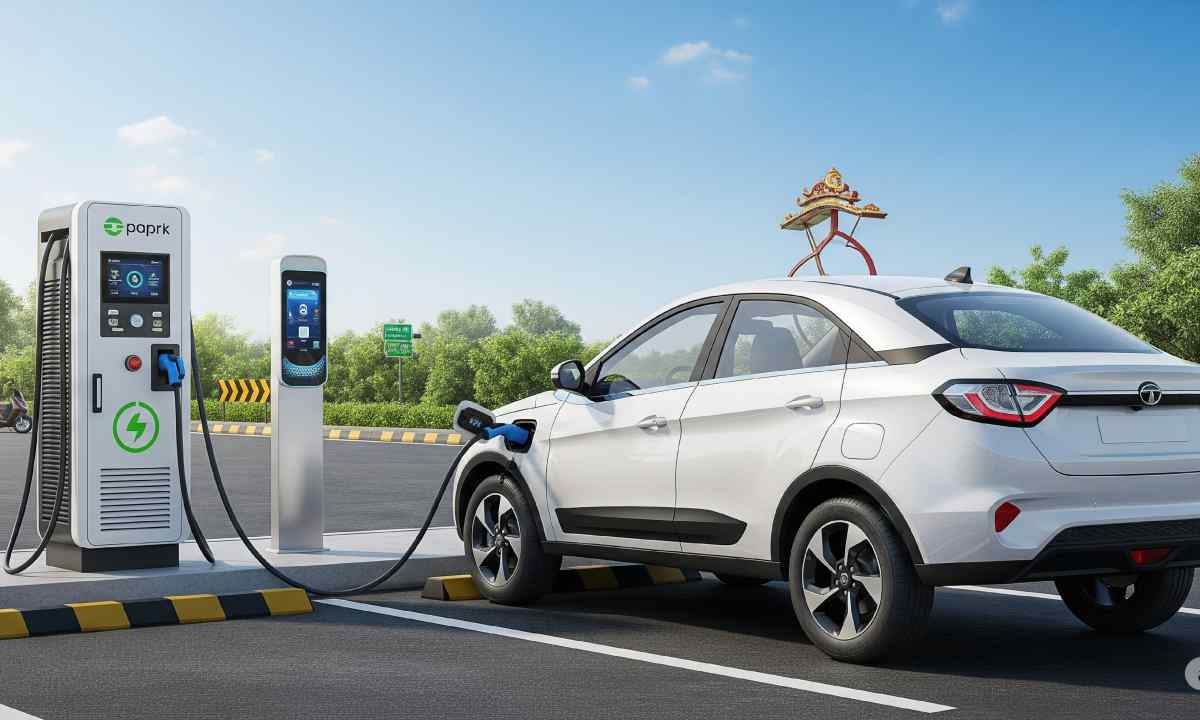
Now, traditional charging is the OG we all know. You plug your EV—whether it’s the swanky MG M9 electric MPV or your trusty Ather scooter—into a charger and chill. There are two main flavors:
- AC Charging: Slow and steady, like brewing a perfect cup of chai. Plug in at home overnight, and you’re good to go in 6–8 hours.
- DC Fast Charging: Found at public stations, these bad boys can juice up your ride in 30–90 minutes.
It’s dependable, but if you’re a delivery rider or planning a long road trip, waiting around can feel like watching paint dry.
Why Battery Swapping is a Total Game-Changer
- Lightning Fast: Swap and zoom off in minutes. No downtime, no fuss.
- Perfect for Fleets: Auto rickshaws, delivery bikes, and cabs thrive on this. It’s a lifesaver for commercial drivers hustling all day.
- Easy on the Wallet: You don’t buy the battery—just pay for the energy. This makes EVs like the Bounce Infinity super affordable upfront.
- City-Friendly: Tiny swapping stations fit right into the chaos of cities like Delhi or Bangalore.
Where Battery Swapping Hits a Speed Bump
- No Standard Batteries: Every brand’s got its own battery design. An Ola battery won’t work in a Bounce scooter. Annoying, right?
- Expensive Setup: Robotic swapping stations and secure storage aren’t cheap to build.
- Resale Headaches: Since you don’t own the battery, selling your EV later can get messy.
- Limited Scope: Most cars, like the MG Cyberster with its massive 77 kWh battery, aren’t built for swapping yet.
Traditional Charging: The Reliable Road Buddy
- It’s Everywhere: Charge at home, your office, or even the mall parking lot. Convenience level: max!
- You Own It: The battery’s all yours, so you’re in full control—no subscription drama.
- Universal Fit: From the Honda Shine 100DX to the Renault Triber EV, most EVs are ready to plug in and play.
- Budget-Friendly Long Term: Home charging is super cheap, especially if you’re just cruising around town.
But Traditional Charging Has Its Hiccups
- Time Drain: Even fast chargers take at least 30 minutes. Not great when you’re in a rush.
- Queue Chaos: With EVs like the Maruti eVitara hitting the roads, public chargers might turn into a battleground.
- Grid Strain: Peak-hour charging can put serious pressure on India’s power grid.
- Small-Town Woes: Tier-2 and tier-3 cities are still playing catch-up with fast-charging stations.
India’s EV Future: Why Choose One
Here’s the thing: India’s not a one-trick pony. Battery swapping and traditional charging are like masala chai and filter coffee—both have their die-hard fans. Swapping is a godsend for high-mileage folks like delivery riders or auto drivers in bustling metros. Traditional charging, on the other hand, is perfect for personal EV owners who don’t mind planning their pit stops, especially for those epic highway drives.
The FAME II scheme is pouring funds into both systems, and heavyweights like BPCL and Reliance are jumping into the swapping game alongside startups like Sun Mobility. The MG Cyberster, with its insane 580 km range, is a beast for long drives but sticks to charging. Meanwhile, Ola’s scooters are all about that quick-swap life. It’s not about one beating the other—it’s about both working together to make EVs accessible for everyone.
Who’s Steering the EV Revolution
- Ola Electric: Their scooters are built for swapping, with stations popping up across cities.
- Bounce Infinity: Affordable subscription-based swapping that’s easy on the pocket.
- Sun Mobility: Modular systems for two- and three-wheelers, from rickshaws to bikes.
- BPCL & Reliance: These big players are testing swapping stations, so watch out for some major moves.
The Road Ahead
Battery swapping is like a quick pit stop in a Formula 1 race—ideal for those always on the go. Traditional charging? It’s the chill, plan-your-day vibe for your daily commutes. With EVs like the MG Cyberster (priced around ₹70 lakh, by the way) and the Mahindra XUV 3XO stealing the spotlight, India’s EV scene is on fire. The best part? You don’t have to pick a side. As charging stations grow and swapping networks expand, you’ll get the best of both worlds.
So, whether you’re dreaming of a convertible roadster or a practical MPV, the future’s electric, and it’s looking insanely exciting. What’s your vibe—swapping or charging? Let us know in the comments

